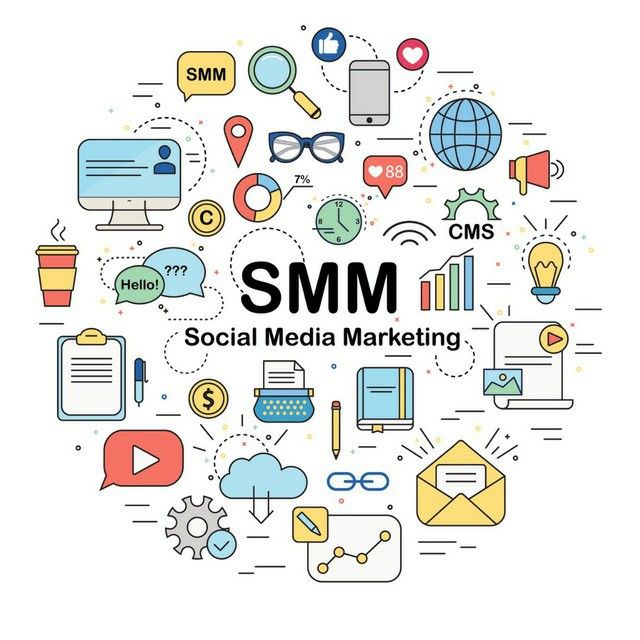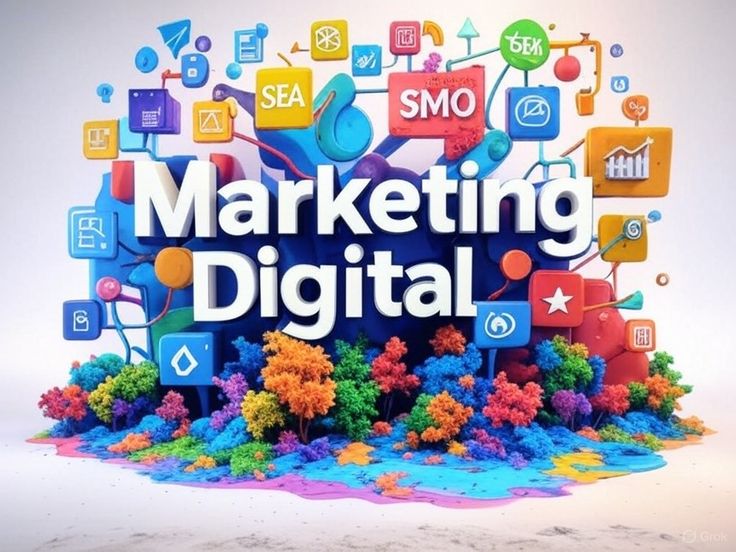How local businesses can use Google Ads to attract nearby customers
When customers search for local shops or services, they often turn to Google. Over 70% of people visit a store within five miles of their home after searching online. This shows how important local search has become for small and medium-sized businesses. Digital ads like Ads help you get noticed right where customers are looking. If you want more foot traffic, using Google Ads can be your secret weapon.

Understanding the Power of Google Ads for Local Businesses
Why Google Ads Is Essential for Local Marketing
Google Ads allows you to target people in your area with precision. Instead of wasting money on broad advertising, you focus only on those nearby who are likely to buy. Recent studies show that 78% of smartphone users make a local search at least once a week. These searches often lead to store visits or calls. Ads can give you measurable results, making it easier to see what’s working and what’s not. It puts your business right in front of people already looking for your services.

How Google Ads Works for Local Campaigns
You can set your ads to show only to users within a certain distance from your shop. For example, a bakery can target people within two miles during lunch hours. Google offers different ad types suited for local marketing:
- Search ads that show in Google search results
- Local service ads that appear at the top of search
- Map pack ads that show your location directly on Google Maps
- Display ads that appear on other websites
Real-world example: A local coffee shop used geo-targeted search ads to reach commuters in the morning. As a result, their foot traffic increased during peak hours.
Setting Up a Successful Google Ads Campaign for Local Customers
Defining Clear Goals and Measuring Success
Start with what you want. Do you want phone calls? Online orders? Physical store visits? Set clear goals. Once you know what to measure, track key metrics. Look at click-through rates, how many people visit your in-store location, and the cost per customer. These help you see if your campaign works.
Conducting Local Keyword Research
Use tools like Google Keyword Planner to find the best keywords. Focus on location-specific phrases like “pizza near me,” “dentist in downtown,” or “hair salon in Brooklyn.” Long-tail keywords (more specific phrases) often attract quality leads. Including neighborhood and city names makes your ads more relevant to nearby searchers.

Creating Location-Optimized Ad Content
Craft ads that speak directly to local customers. Mention your neighborhood, a local landmark, or a community event. Include a strong call to action like “Visit us today” or “Call now for a special offer.” Use ad extensions to add your address, phone number, and extra links. This makes your ad stand out and makes it easier for people to contact you.
Leveraging Advanced Google Ads Strategies for Greater Local Impact
Using Geo-Targeting and Geo-Fencing Effectively
Set your ads to show only within a specific radius around your business. For mobile campaigns, geo-fencing lets you target users in certain areas, like office parks or sports stadiums. For example, a restaurant targeting nearby office workers at lunchtime can get more customers with this approach.
Incorporating Google My Business with Google Ads
Link your Google My Business (GMB) profile with your Ads account. This boosts your local presence and makes your ads more trustworthy. Add location extensions so people see your address directly in the ad. Google recommends this setup for better local visibility.

Implementing Remarketing and Local Campaigns
Target visitors who checked out your site but didn’t buy or visit. Show them customized offers to bring them back. For example, a pet store could send digital coupons to nearby dog owners who visited their website. Use customer location data to focus your ads on people close by.
Monitoring, Analyzing, and Optimizing Local Google Ads Campaigns
Tracking Local Performance Metrics
Use Google Ads and Analytics to gather data. Pay attention to store visits, call tracking, and online engagement. These insights tell you if your campaign pulls in local customers effectively.
Improving Campaigns with Data
Test different ad copies and extensions to see what gets more clicks. Adjust your bids based on which areas perform best. Keep refining your campaigns using feedback from local customers. Continuously improving is key to staying ahead of competitors.

Avoiding Common Mistakes
Don’t forget negative keywords. These prevent your ads from showing for irrelevant searches. Set realistic budgets to avoid overspending. Ensure your ads and website are mobile-friendly since many local searches happen on phones.
Conclusion
Google Ads is a vital tool for local businesses wanting to attract nearby customers. By targeting the right audience with clear goals, compelling content, and continuous optimization, you can grow your foot traffic and boost sales. Remember, the key is to keep refining your campaigns based on real data. With consistent effort and smart strategies, your business can stand out in your neighborhood and beyond. Use Google Ads as part of your core marketing plan and watch your local customer base grow.
Frequently Asked Questions (FAQs)
Why should my local business use Google Ads?
Google Ads helps you target nearby customers actively searching for your services. It puts your business right in front of people ready to buy.
How does Google Ads target local customers?
You can set ads to show only within a specific distance from your shop. Geo-targeting ensures your ads reach people near your location.
What types of Google Ads are best for local marketing?
Search ads, map pack ads, and local service ads work well. They show your business in search results and maps, making it easy for local customers to find you.
How do I choose the right keywords for my local ads?
Use tools like Google Keyword Planner to find location-specific phrases. Focus on long-tail keywords like “plumber in Brooklyn” to attract quality leads.
What are some tips for creating effective local ad content?
Mention your neighborhood or landmarks and include a clear call to action. Use ad extensions to show your address and phone number.







